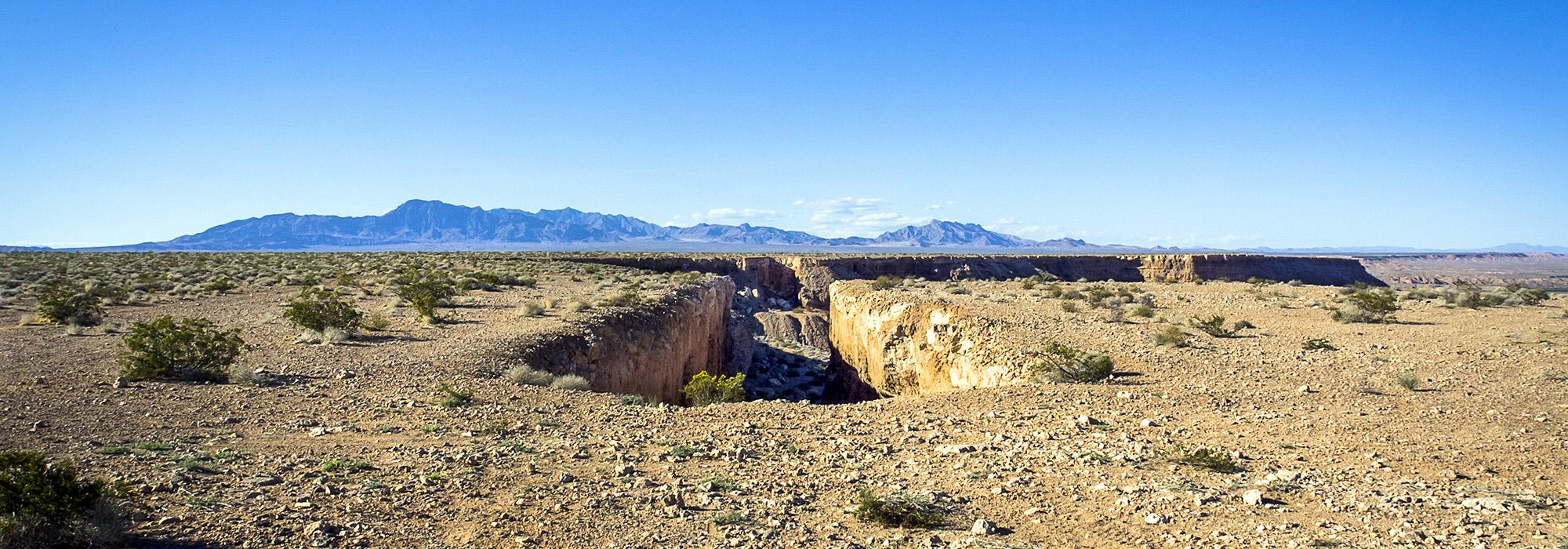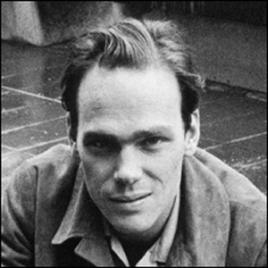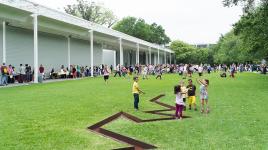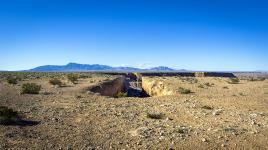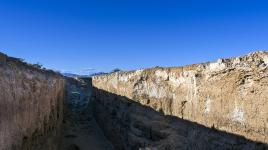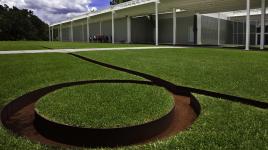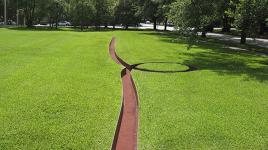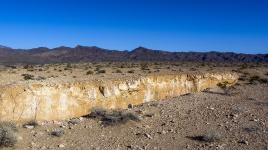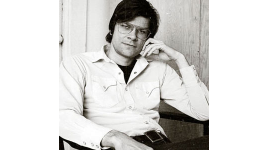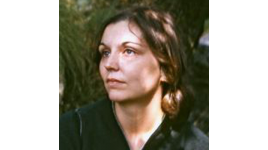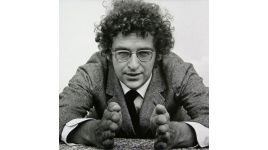Pioneer Information
Born and raised in Berkeley, California, Heizer is an artist best known for his monumental earthworks. He studied painting at the San Francisco Art Institute from 1963 to 1964, before moving to New York City in 1966, where he became connected with a vibrant art scene. Among Heizer’s early works were numerous conventional abstract sculptures and paintings. After moving west in 1967 with colleague Walter de Maria, Heizer helped found a new genre known as “land art” or “earth art.” In 1969, his first solo exhibition was held at the Galerie Heiner Friedrich, for which he created the conical Munich Depression by removing 1,000 tons of earth from the ground of a Munich suburb. Among his most famous works is Double Negative, a 60-acre “negative sculpture” created between 1969 and 1970 in Moapa Valley, Nevada. In 1970, Heizer began constructing City, potentially the largest piece of modern art ever created, in Garden Valley, Nevada. Since then, his smaller-scale sculptures and paintings have been showcased in many solo exhibitions and his works are presented internationally in public spaces and museums. He contributed three art installations to the Menil Collection in Houston in the 1980s. In 1995, he was diagnosed with polyneuropathy, which has diminished his ability to use his hands. He has authored several books, including Sculpture in Reverse (1984), Dragged Mass Geometric (1985), Effigy Tumuli: The Reemergence of Ancient Mound Building (1990), and Double Negative (1992). Largely rejecting the conventional art world, he has chosen to focus on creating artwork that is an extension of nature. He resides on a ranch in Garden Valley, Nevada.



